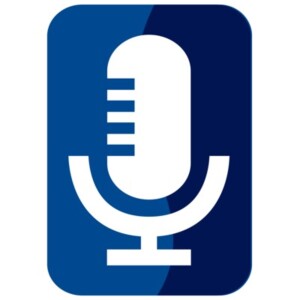
Section on IONM: How to Optimize Neuromonitoring Episode 6
 2019-08-13
2019-08-13
[6 of 12]
Section on Intraoperative Neurophysiological Monitoring (IONM) Co-Chairs Dr. Rich Vogel and Dr. Adam Doan discuss the question, “How can you use neuromonitoring to guide and optimize positioning for spine surgery?”
The patient is finally in position and neuromonitoring can’t get baselines. What do you do? If you elect to intervene, it’s a long process to retest baselines in a neutral position. Then, you have to reposition all over again. Here the Co-Chairs present a fast, efficient, systematic way to position a patient for any spine surgery to ensure the spinal cord is stable, and all peripheral nerves and plexi are not compressed or stretched. Also, they talk about positioning possibilities for all patients; not just those with unstable spines.
Disclosures:
Doan, Adam: Private Investments (including venture capital, start-ups): Veridical RCM, LLC (D).
Vogel, Richard: Board of Directors: American Board Of Neurophysiologic Monitoring (Nonfinancial, Examiner for Board), American Society Of Neurophysiological Monitoring (Nonfinancial, President of the Society (2019-2020)); Consulting: Medicolegal Expert Witness Consulting (D); Other: NuVasive (Salary); Speaking and/or Teaching Arrangements: Neurophysiology Services Australia (None); Trips/Travel: North American Spine Society (Travel Expense Reimbursement), University Of Sydney (Travel Expense Reimbursement).
Key: A: $100-$1,000; B: $1001-$10,000; C: $10,001-$25,000; D: $25,001-$50,000; E: $50,001-$100,000; F: $100,001- $500,000; G: $500,001-$1M; H: $1,000,001- $2.5M; I: $2.5M+
More Episodes
 2024-09-26
2024-09-26
 2024-09-19
2024-09-19
 2024-09-12
2024-09-12
 2024-08-08
2024-08-08
 2024-08-01
2024-08-01
 2024-07-25
2024-07-25
 2024-07-18
2024-07-18
 2024-06-06
2024-06-06
Create your
podcast in
minutes
- Full-featured podcast site
- Unlimited storage and bandwidth
- Comprehensive podcast stats
- Distribute to Apple Podcasts, Spotify, and more
- Make money with your podcast
It is Free
- Privacy Policy
- Cookie Policy
- Terms of Use
- Consent Preferences
- Copyright © 2015-2024 Podbean.com




